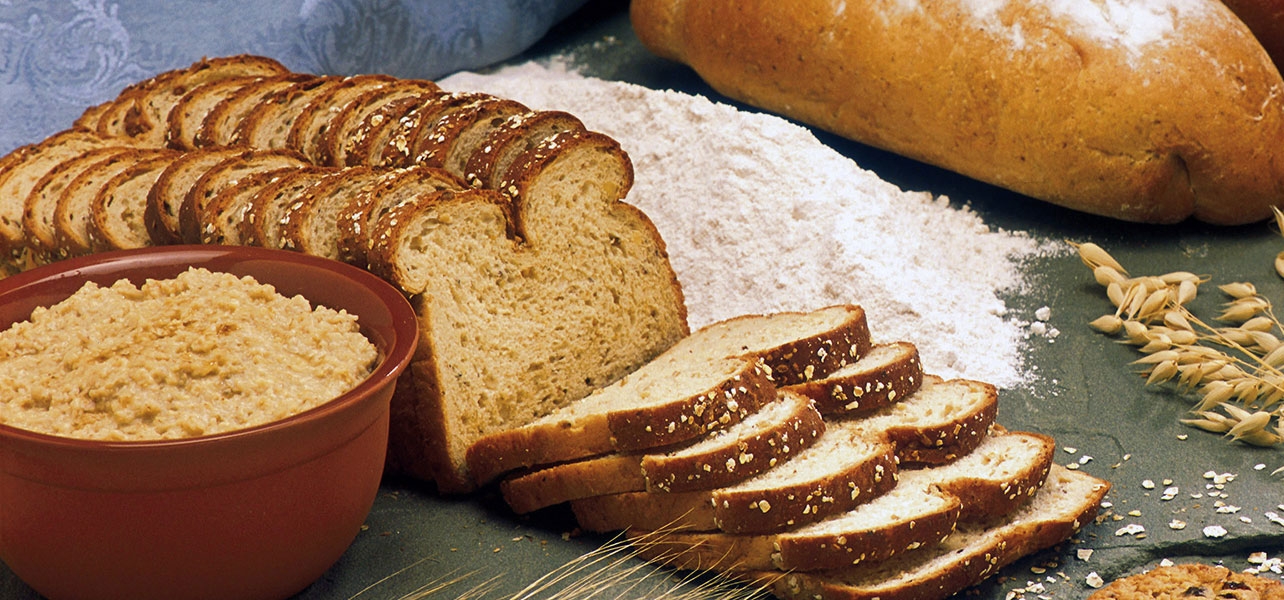
Carbohydrates is the name given to one of the three macro nutrients. Facts and proteins are the other two. Carbohydrates are derived primarily from plants (milk sugar lactose is the exception) and best known for their contribution to available quick energy.
Sugars, starches and fibre are the three types of carbohydrates we eat. Sugars in the form of honey, syrups and refined products are well known sources of energy and taste in our food chain. Starches come primarily form root vegetables, cereal grains, corn and rice. Fibres are the non-digestible form which comes from fruits, vegetables and grains. Fibres do not contribute to the calorie count but do make a major contribution to maintaining a clean and healthy intestinal system. Most of the carbohydrate sources, fruits, vegetables and grains also carry significant nutrients necessary for optimum health.
So how much do we need? There is a wide divergence of opinion on this. Government agencies and Dietician Associations recommend 55 to 65 percent of our calories come form carbohydrates. “High protein” diet advocates push for the minimal number of carbohydrate calories. Where only 40 per cent of calories come from carbohydrates. The remaining calories are equally divided between protein and “good” fat. The modern trend as evidenced by the Canada Food Guide recommends 6-12 servings of grain products and 5-9 servings of vegetables and fruit but only 4-6 servings of protein rich foods.
Many people increase the intake of whole grain products in the form of muffins, breads, cereals and bagels to increase their fibre intake. You need to know that the average serving of vegetables and many fruits, particularly apples and berries, contain 30 to 60 per cent more fibre that the average serving of grain products. It is interesting that a 1998 book published by the American Dietetic Association lists the functions of sugars (the end product of carbohydrate digestion) as contributing to taste, aroma, texture, color and body of foods. “All of which add to our enjoyment”. Sugar is also listed as a food preservative. There is no mention of “nutritional Value”, mainly because there is very little value other than as a source of easily obtained energy. The Inuit population survived for centuries without eating carbohydrates and there is no RDI (Recommended Daily Intake) for carbohydrates.
